Following Gwangju’s Old Road
Mudeungsan, the country’s newest national park, draws visitors with its rock formations
By Korea HeraldPublished : April 11, 2014 - 19:56
While gazing at a signboard at the base of Mount Mudeungsan, a young park ranger approached me and offered to recommend an itinerary.
“Interesting in learn English,” he said with an earnest smile. Asked what was special about the national park, he answered, “Jusangjeolli,” which means “columnar joints.”
The park ranger, who goes by the English name Michael, was referring to Seoseokdae and Ipseokdae, clusters of naturally formed colonnades that can set a geologist’s heart aflutter, but can also be appreciated by the non-expert.
“Interesting in learn English,” he said with an earnest smile. Asked what was special about the national park, he answered, “Jusangjeolli,” which means “columnar joints.”
The park ranger, who goes by the English name Michael, was referring to Seoseokdae and Ipseokdae, clusters of naturally formed colonnades that can set a geologist’s heart aflutter, but can also be appreciated by the non-expert.
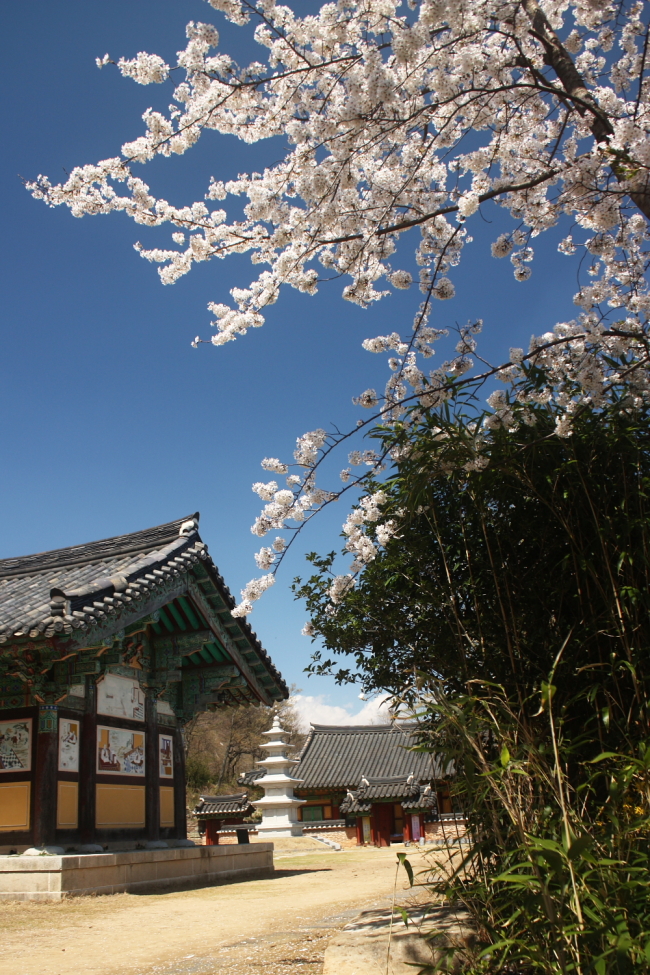
Even when measured against some of Korea’s other famous rocks ― there are hundreds of coastal and alpine celebrity stones ― Mudeungsan’s columns are hard to top. Based on these rock formations, the area on the outskirts of Gwangju was elevated about a year ago from provincial park to national park status, making it the 21st and newest park.
Michael also pointed out that Gwangju is the only city in the world with over 1 million inhabitants and a peak above 1,000 meters. Indeed, the border of Gwangju Metropolitan City cuts right through Seoseokdae on the highest ridge.
Among various courses, he recommended the Yetgil (Old Road) path, while noting that the “gray asphalt” military road running past Wonhyosa Temple is the easiest route. After a while, it turns into a dirt road and eventually reaches the highest peak of Cheonwangbong, the site of a military installation that is off limits to civilians. No other Korean national park has vehicle access to such a height.
The Yetgil was a pleasant ramble through the forest, with no boardwalks, stairs or railings. Soon the trail reached an ancient iron foundry. Unfortunately, there was not much to see ― just a grassy plot, fenced off. The trail was strangely empty for a spring day, and a helicopter flew past mysteriously, broadcasting some sort of message.
It was only after reaching the saddle, where troops of hikers in bright red and lemon-yellow jackets tromped past with hoods raised and the viewing platform of Seoseokdae stood, that the helicopter’s message grew clear. While admiring the screen of rock columns formed from cooling lava during the Mesozoic era 70 million years ago, spectral clouds began rolling up the slope, a blustery wind began to blow and hail the shape of small Styrofoam balls began raining down. In a short span of time, the temperature dropped from 10 degrees Celsius to around freezing, though the wind chill factor made it feel much colder.
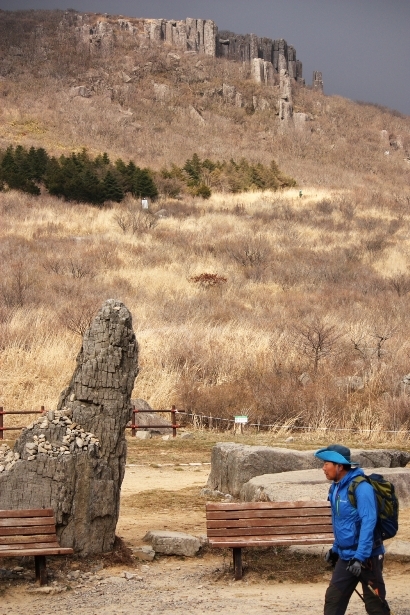
After hustling down the path to the 30 or so pillars of Ipseokdae, taking pictures of the scenery became a fight against the elements. Unlike the linked columns of Seoseokdae, those at Ipseokdae stand freely, having undergone a greater degree of weathering over the eons.
The columns were originally formed through the rapid cooling of hot lava. The cooling caused the lava to contract, and this caused cracks to form. Where the contraction occurred evenly, hexagonal columns resulted; where it occurred less evenly, other types ― pentagonal, heptagonal or octagonal ― came about.
The observatory, now abandoned by tourists, provided a view of several pillars covered in Chinese-character poems just behind an old grave mound.
Soon the fierce wind forced a descent to the heated outhouse and open-sided shelter at Jangbuljae. While taking the long way down to the starting point at the Wonhyosa Temple bus stop, this time through a jumble of grey boulders and bamboo, winter gave way to spring again with flashes of sunshine. Midway down were willow branches covered in catkins, and the hermitage of Kyubongam.
The temple buildings here are surrounded by Gwangseokdae, yet another set of colonnades and some of the world’s hugest, stretching as wide as 7 meters and as high as 40 meters. Hearing the sound of intruders, a sturdy, bespectacled monk came out into the courtyard and sympathetically offered a cup of instant coffee in the kitchen wing of the hermitage.
As there wasn’t much daylight left, the coffee was quickly dispatched and hasty excuses were made. Jokingly, the monk opened the door with a kick. “See you tomorrow,” he said in serviceable English.
Getting there:
Mudeungsan National Park has two main entrances: Wonhyosa Temple in the north and Jeungsimsa Temple in the west. Bus No. 1187 to Wonhyosa Temple can be caught at the Gwangju train station, Gwangcheon Bus Terminal, or from the Culture Complex or Geumnamno 5-ga subway stations. Express bus No. 1187-1 stops at Culture Complex Station.
For Jeungsimsa Temple, two or more buses among No. 9, 12, 35, 49, 50 and 51 can be caught from Geumnamno 5-ga subway station, Hakdong-Jeungsimsa subway station and each station in between. No. 49 also stops at Gwangju Station.
To reach the Gwangju Metro from the express bus terminal or train station, walk south for about 10 to 15 minutes.
By Matthew C. Crawford (mattcrawford@heraldcorp.com)
-
Articles by Korea Herald


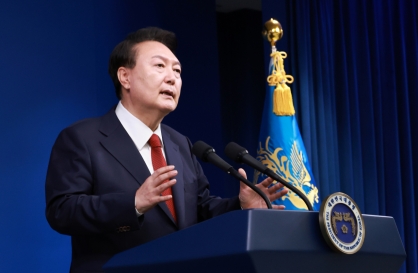


![[K-pop’s dilemma] Can K-pop break free from ‘fandom’ model?](http://res.heraldm.com/phpwas/restmb_idxmake.php?idx=644&simg=/content/image/2024/05/09/20240509050541_0.jpg&u=20240509173751)
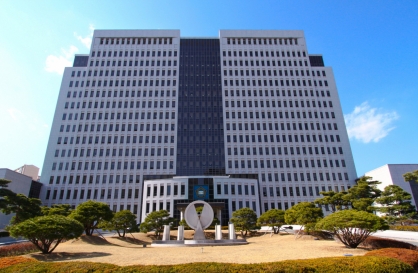



![[News Analysis] Yoon's first 2 years marked by intense confrontations, lack of leadership](http://res.heraldm.com/phpwas/restmb_idxmake.php?idx=644&simg=/content/image/2024/05/09/20240509050612_0.jpg&u=20240509233252)
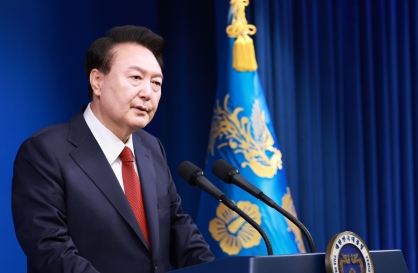






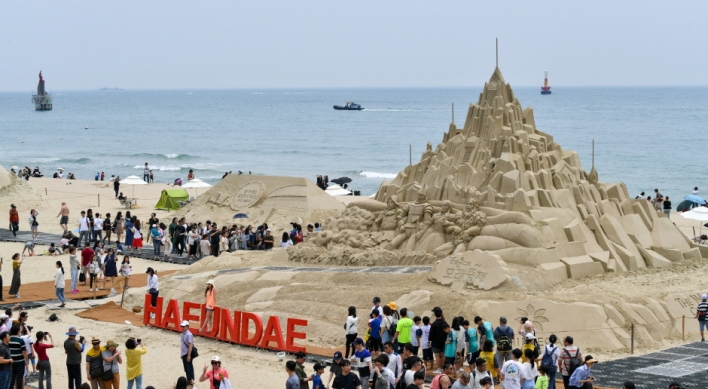
![[Today’s K-pop] NCT’s Mark to drop 1st solo album in February 2025](http://res.heraldm.com/phpwas/restmb_idxmake.php?idx=642&simg=/content/image/2024/05/10/20240510050597_0.jpg&u=)